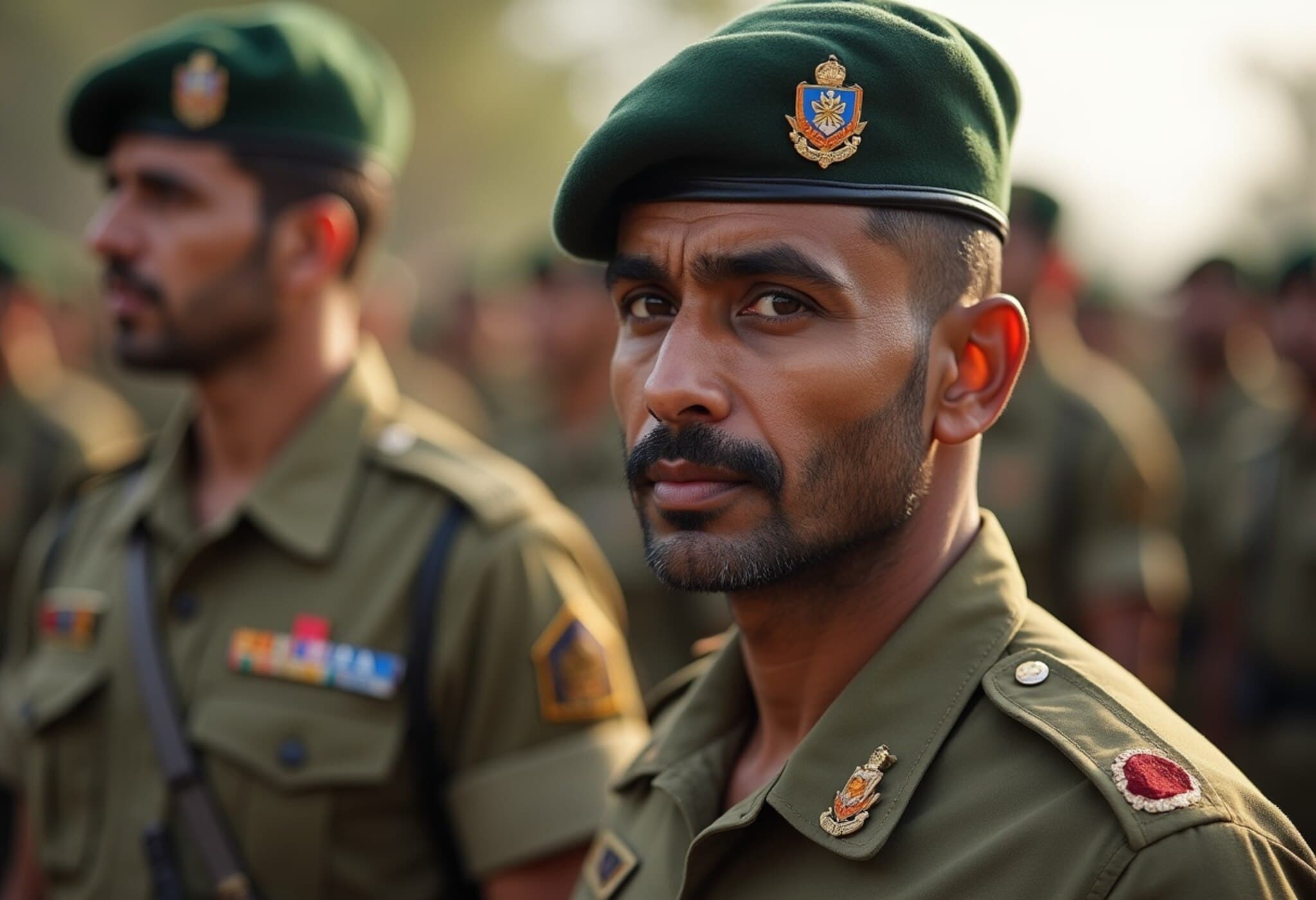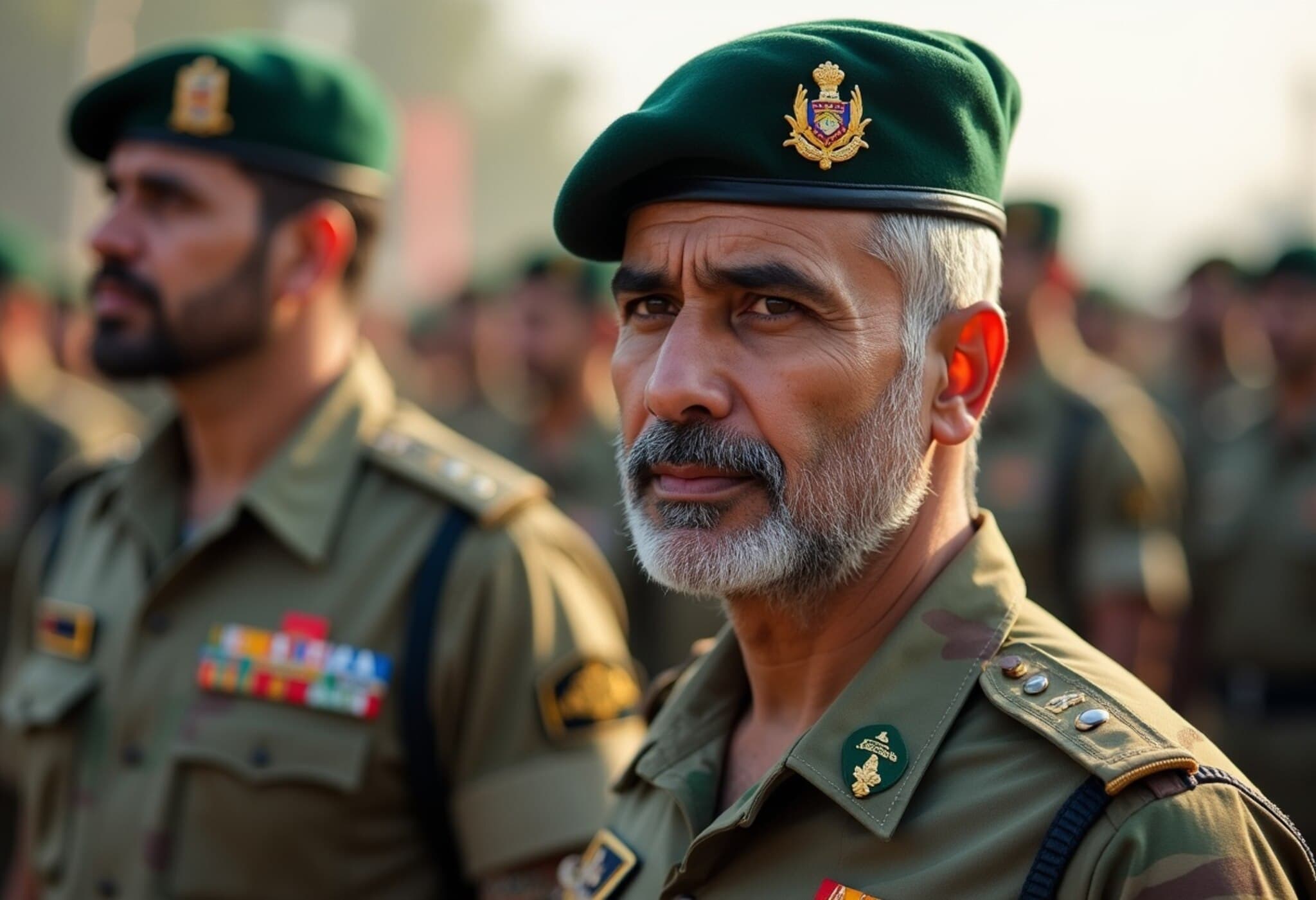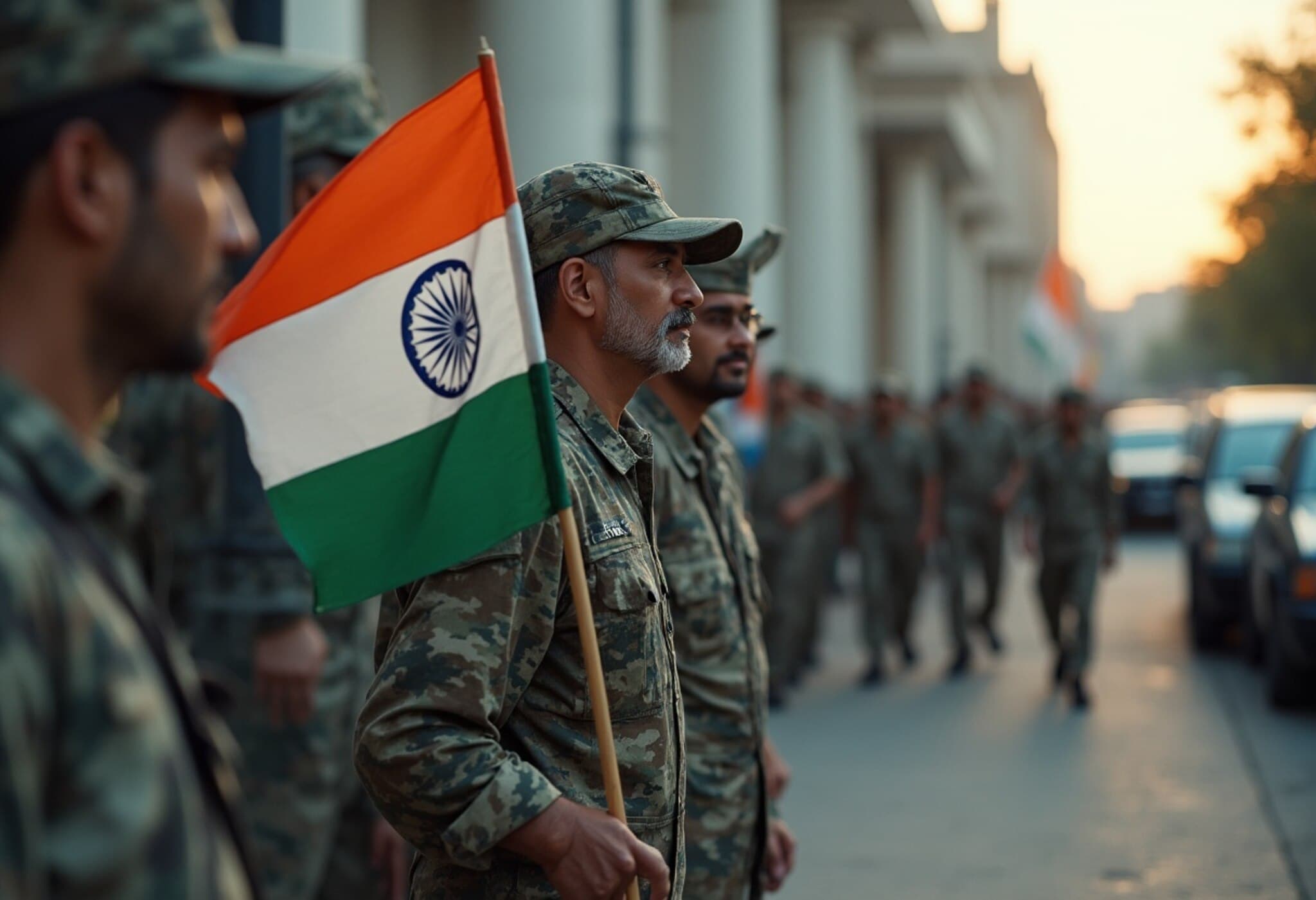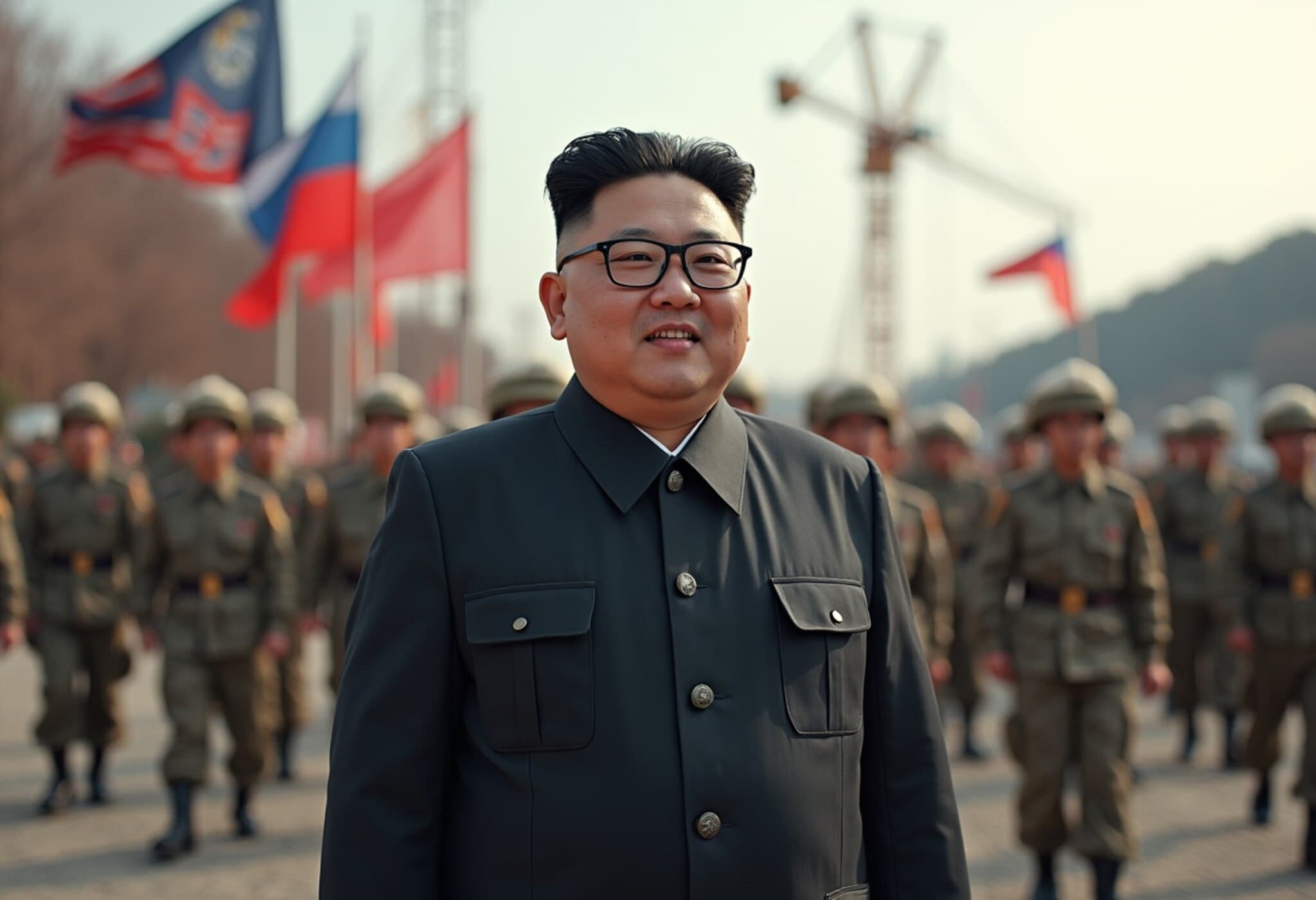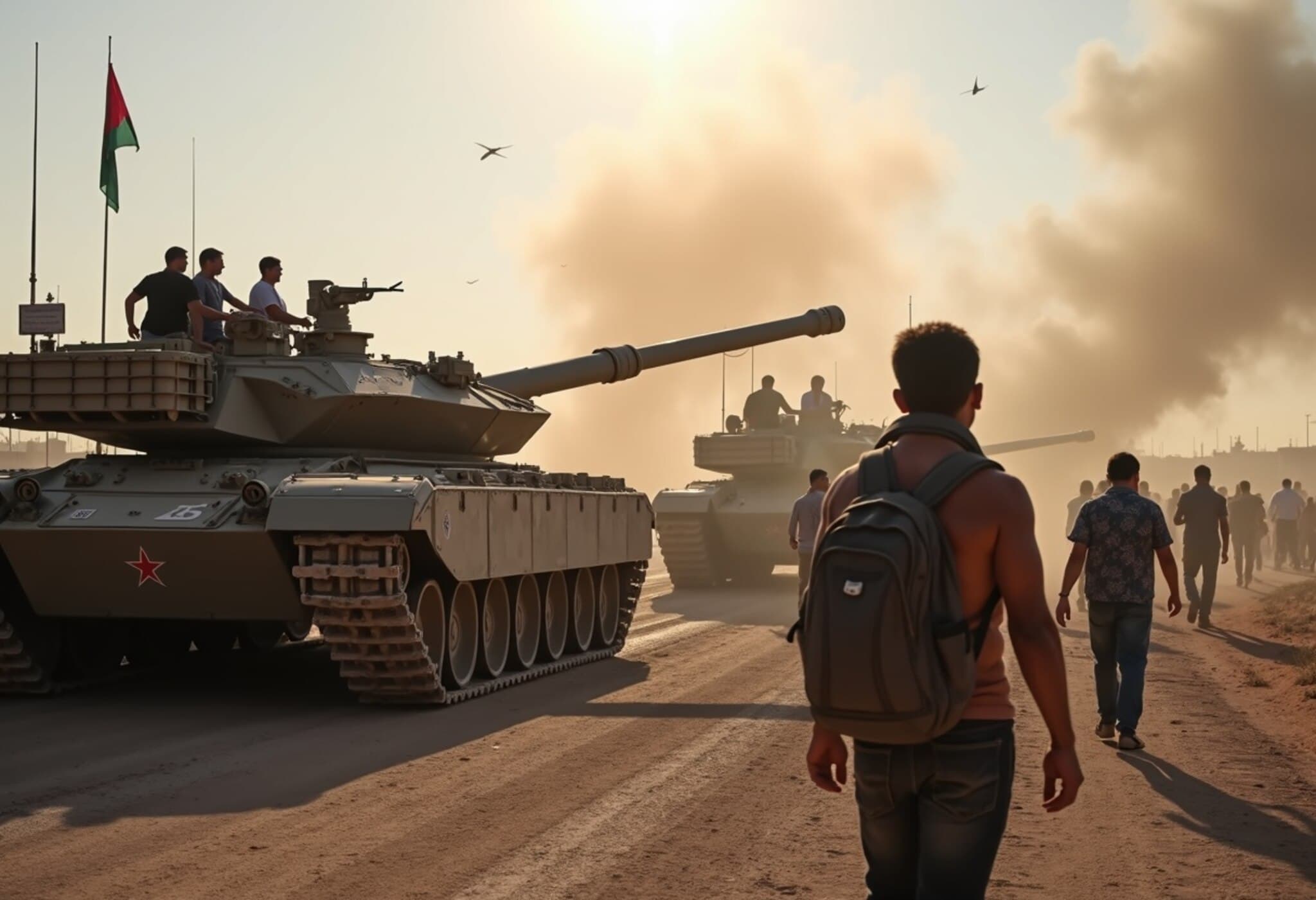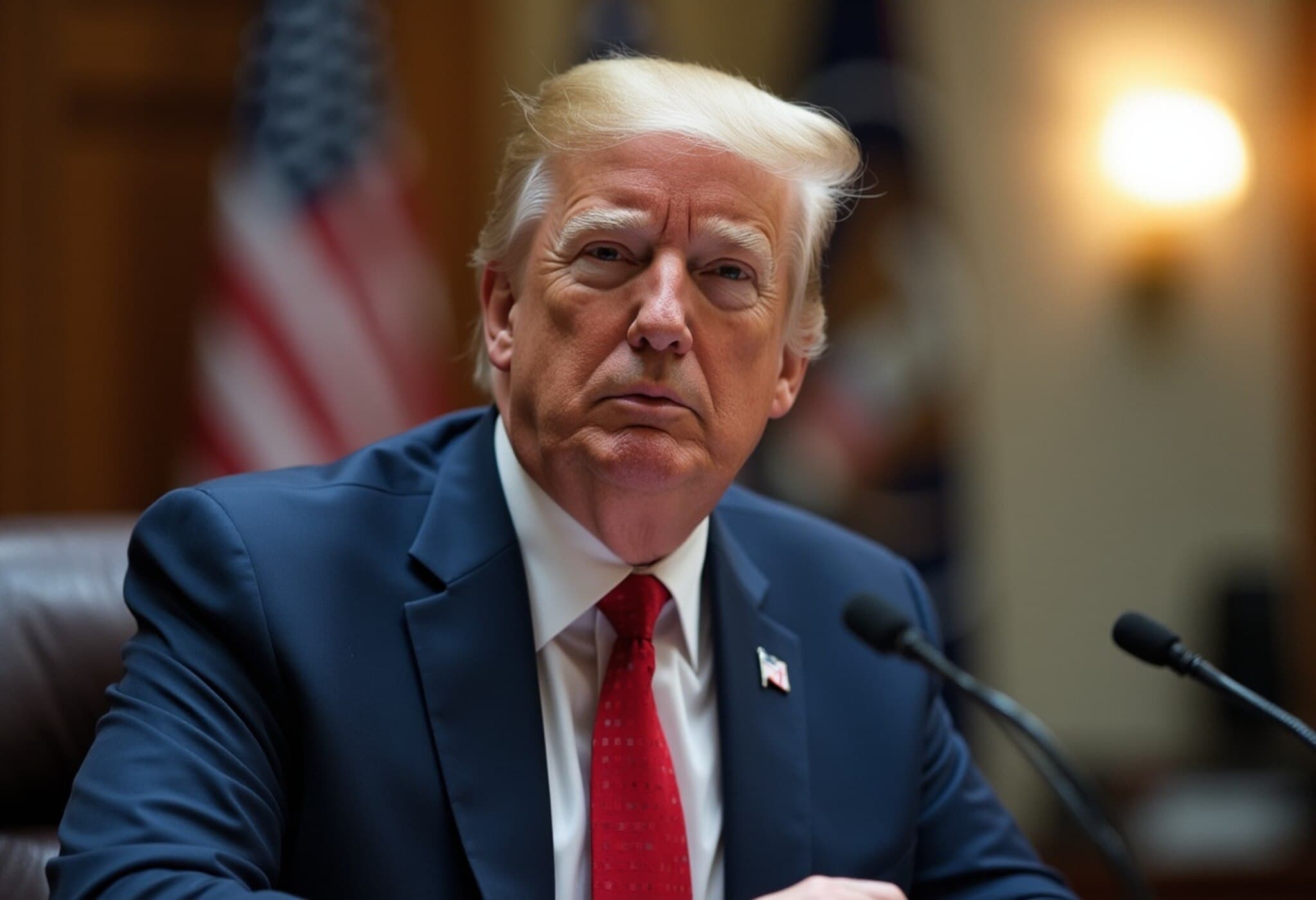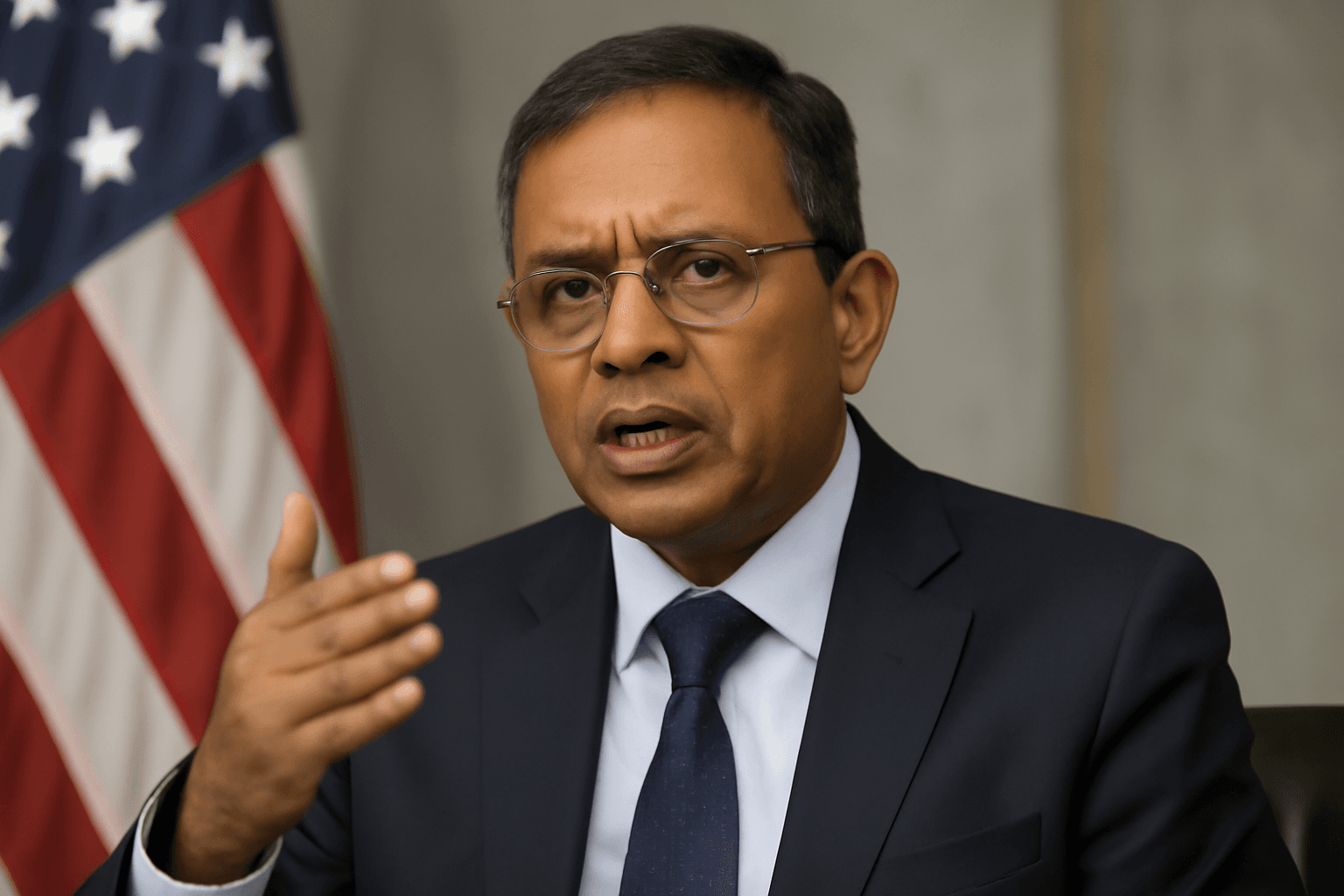Remembering a Forgotten Brotherhood: Indian Soldiers and Australian Mateship During WWII
Amid the lush jungles and rugged terrain of Papua New Guinea (PNG), an extraordinary story of courage, resilience, and cross-cultural friendship unfolded during World War II. Central to this narrative is Major Chint Singh of the 2nd Dogra Regiment, whose bravery and leadership among Indian troops—many of whom faced dire conditions as prisoners of war—symbolizes an enduring bond between Indian and Australian soldiers.
The Harrowing Journey of Indian Soldiers in Papua New Guinea
In the shadows of the Pacific theatre, approximately 2,800 Indian soldiers lost their lives fighting alongside Allied forces in PNG. Captured by the Japanese and transported from Singapore, these troops endured brutal hardships. Only about 200 survived the ordeal, subsisting on whatever nature provided—from grass to snakes and insects—while grappling with starvation, disease, and deprivation.
Yet, through these trying times, discipline and honor persisted. Major Chint Singh exemplified unwavering leadership within the 2nd Dogra Regiment, guiding his men through captivity until liberation in September 1945.
Forging Bonds: First Encounter with Australian Soldiers
The liberation of Indian prisoners by Australian forces marked a poignant chapter in wartime camaraderie. On September 30, 1945, Lieutenant F.O. Monk vividly recalled the profound moment Indian soldiers, though emaciated, landed ashore at Angoram, fully acknowledging the solemnity of their survival. The 15th Australian Field Ambulance provided vital medical care, while Australian soldiers offered companionship and support—writing letters home on behalf of their Indian comrades and forging friendships that transcended conflict.
Despite the joy of liberation, tragedy swiftly followed. On November 16, 1945, a plane crash near Rabaul claimed ten Indian soldiers. Major Singh, detained to testify before the Australian War Crimes Commission, experienced both sorrow and growth in his ties with Australian officers.
A Lasting Legacy of Friendship and Honor
In January 1946, Major Singh penned a heartfelt farewell to the 6th Australian Division, expressing profound gratitude: “The sympathy, love, and affection shown by every individual of the Division will always be with us… hoping that the friendship of your country and India will continue for all the time.” This letter, now preserved in the Australian War Memorial archives, stands as a testament to the deep human connections formed amidst shared hardship.
Singh’s legacy extended beyond the war. He was honored to sign the Japanese surrender flag, displayed at the Australian War Memorial, symbolizing justice and reconciliation. His return to Australia in 1947 to aid war crimes testimonies marked a continuation of cross-national collaboration. Invited back in 1970 by the Returned and Services League (RSL), Singh revisited battlefields, rekindling friendships and reflecting on the past.
Memorializing the Sacrifice: From Angoram to Canberra
In tribute to the fallen, the RSL erected a memorial in Angoram in 1971 honoring the 2,800 Indian soldiers who never returned. Though floods ultimately destroyed the structure, it set an important precedent in acknowledging these sacrifices. Today, the movement to establish a permanent memorial in Canberra gains momentum, driven by Singh’s son, Narinder Parmar, who submitted a proposal in 2022.
Why This Memorial Matters Today
- Historical recognition: The memorial would spotlight a neglected chapter of WWII history often overshadowed by Western-centric narratives.
- Cultural diplomacy: Honoring these soldiers enhances Indo-Australian relations, rooting contemporary partnerships in mutual respect fostered during wartime.
- Values of mateship: Exemplifying the Australian ideal of mateship, this story reflects enduring bonds of solidarity and compassion transcending nationality.
- Educational importance: It offers future generations palpable connection to the shared sacrifices underpinning peace in the Indo-Pacific.
Editor’s Note
Major Chint Singh’s story is more than a historical anecdote; it is a moving reminder that international friendships are often forged in the furnace of adversity. As India and Australia deepen strategic ties amid rising geopolitical challenges in the Indo-Pacific, commemorating the 2,800 Indian soldiers who gave their lives alongside Australians speaks volumes about the foundations of their partnership—rooted in respect, shared sacrifice, and humanity.
This evolving narrative urges policymakers, historians, and citizens to reflect on how memory and recognition shape bilateral relations. It also invites us to consider whose stories get told in history and how monuments like the proposed Canberra memorial can foster inclusivity and collective remembrance.
In honoring these brave soldiers, we not only pay tribute to the past but also inspire present and future generations to uphold the enduring values of courage, friendship, and comradeship across nations.

